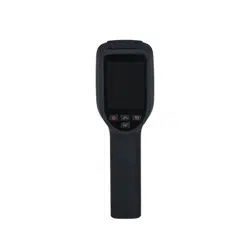Loading ...
Loading ...
Loading ...

III
Important Safeguards and Warnings
This chapter introduces the content covering the proper handling of the product, hazard prevention,
and prevention of property damage. Read these contents carefully before using the product, comply
with them when using, and keep the manual safe for future reference.
Power Requirements
All installation and operation must conform to your local electrical safety code.
Make sure that the power supply is correct before operating the Camera.
The power supply must conform to the requirements of ES1 in IEC 62368-1 standard and be no
higher than PS2. Note that the power supply requirements are subject to the device label.
Install an easy-to-use Camera for power off before installing wiring, which is for emergency power
off when necessary.
Prevent the line cord from being trampled on or squeezed, especially the plug, power socket and
the junction from the Camera.
Application Environment Requirements
Use the Camera within allowed temperature range to measure the objects.
Use the Camera within allowed humidity (< 95% relative humidity) and altitude (< 3000 m).
Do not use, store, or transport the Camera beyond the specific temperature and humidity range.
Do not use the Camera in corrosive environment, such as high salt spray area, sea, coastal area,
environment with acid gas, chemical plant, and others.
Do not use the Camera in strong vibration environment, such as vehicle, ship, and others.
Contact the sales staff if you need to use the Camera in the above situation. Special models or
specially customized Camera that meet your requirements will be provided for you. We are not
responsible for any improper operation.
Do not place the Camera in humid, dusty, extremely hot and cold sites with strong
electromagnetic radiation or unstable illumination.
Do not block the ventilation of the Camera to avoid heat accumulation.
Do not install the Camera near a heat source such as a radiator, heater, and stove to avoid fire.
Do not aim the lenses at an intense radiation source (such as sun, laser, and molten steel) to avoid
damage to thermal detector and visual lens.
Prevent liquid from flowing into the Camera to avoid damage to the internal components. In case
the liquid enters the Camera, immediately stop using the Camera, cut off the power, and
disconnect all the cables, and then contact the local customer service center.
Do not stuff foreign materials into the Camera to prevent a short circuit which could result in
Camera being damaged or people becoming injured.
Use the factory default package or material with equal quality to pack the Camera when
transporting the Camera.
Loading ...
Loading ...
Loading ...
